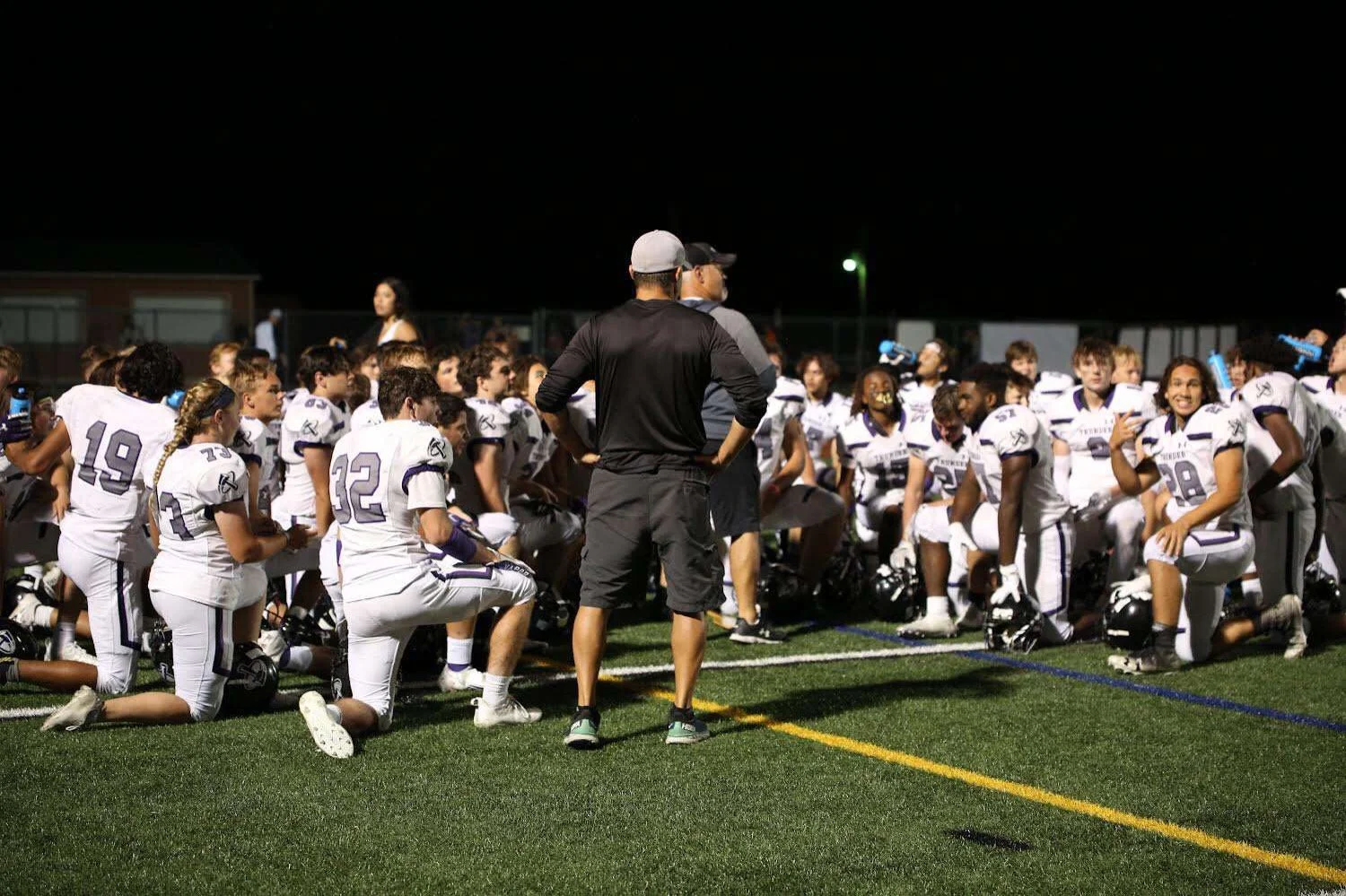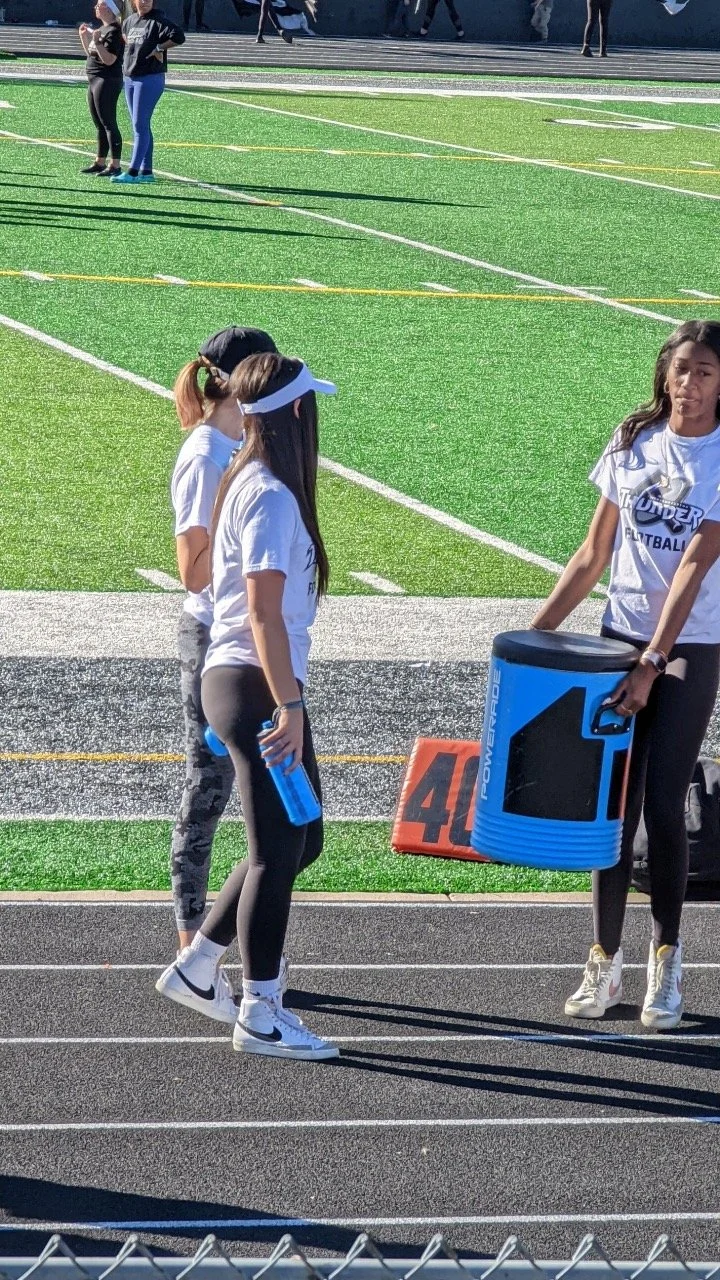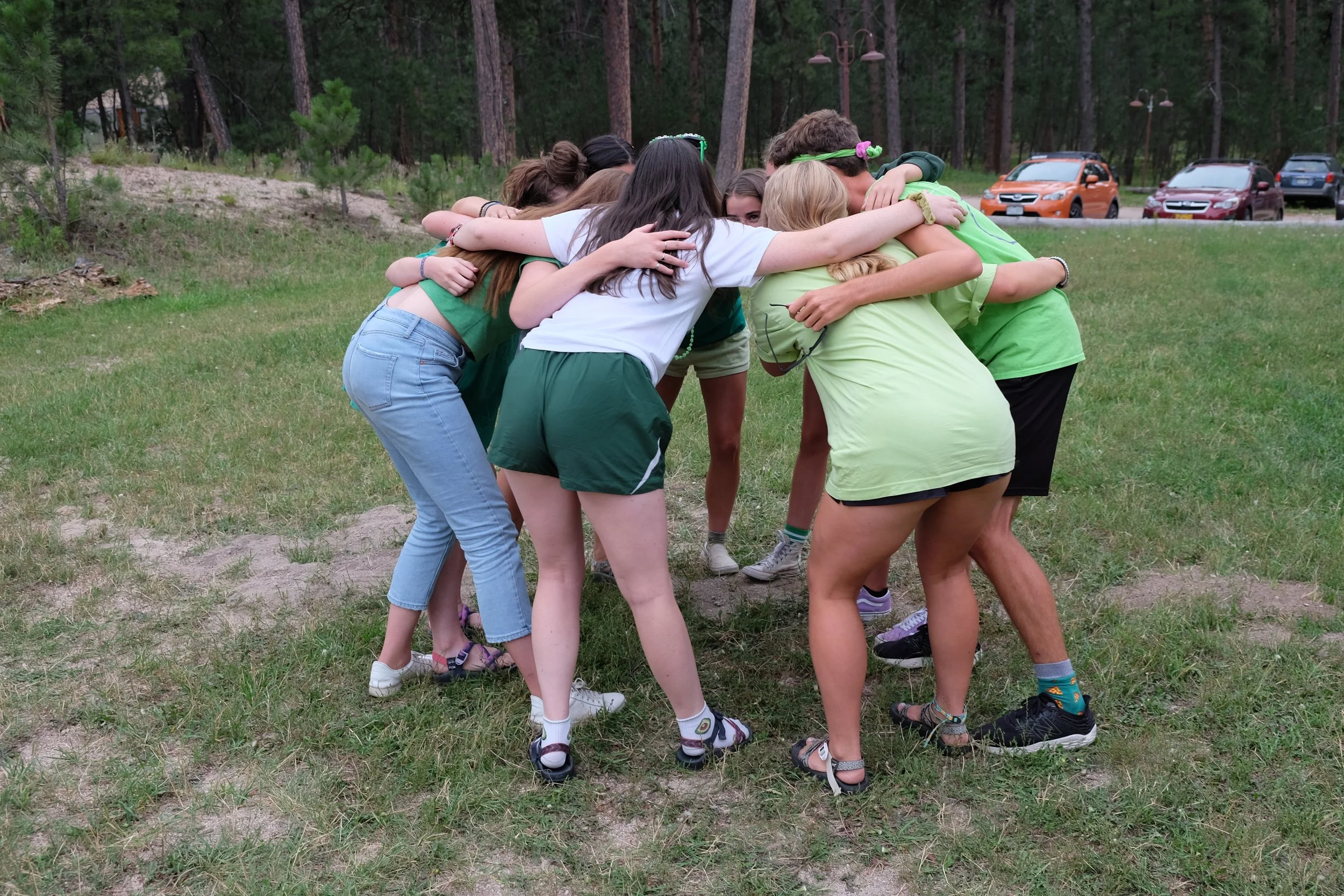Learning to Lead Early
Leadership didn’t find me in a classroom or a boardroom—it found me in the crowded gym bleachers, early-morning meetings, and behind the scenes of high school events that most people simply showed up to enjoy. I stepped into leadership my freshman year as a member of student council, not fully understanding the weight or responsibility that would come with it. But over the next four years, it became one of the most defining experiences of my life.
Student council wasn’t just a club—it was a training ground. I learned how to organize large-scale events, navigate competing opinions, and make decisions under pressure. From running spirit weeks and pep rallies to managing fundraisers and planning every detail of Homecoming, I was trusted with more than just tasks—I was trusted with people’s experiences. I began to understand that leadership isn’t about spotlight moments—it’s about staying late to make sure everything’s ready, calming tensions when things go off-script, and still showing up with energy the next day because people are counting on you.
One of the most meaningful moments came during a school-wide charity drive I helped lead. Our goal was to collect 2,000 cans for families in need, and it would’ve been easy to see that as just a number. But I knew we had a chance to do something bigger. I poured myself into that initiative—creating messaging, rallying students, and mobilizing classrooms one by one. We didn’t just reach the goal—we exceeded it. And in the process, I saw what’s possible when people feel like they’re part of something that matters. That experience taught me that leadership isn’t about authority—it’s about impact. About giving people a reason to care and a place to contribute.
At the same time, I was learning an entirely different kind of leadership on the sidelines—as the varsity football team manager for three years and the basketball team manager for one. These weren’t roles that came with a microphone or applause. But they came with responsibility. I coordinated logistics, tracked equipment, worked closely with coaches, and made sure things ran smoothly—often without anyone noticing. It taught me that not all leadership is loud. Sometimes it looks like dependability. Like showing up early and staying late. Like being the person others know they can count on, even if your name isn’t called out in the end.
What I began to understand through both experiences is that true leadership is layered. It’s not just about having a vision—it’s about staying grounded in service. It’s about balancing confidence with humility, decisiveness with empathy, and structure with flexibility. I had to learn how to lead peers my own age, how to gain trust without authority, and how to be both organized and adaptable. I learned how to think ahead, how to navigate high-stakes situations calmly, and how to keep people united when stress or ego might’ve pulled us apart.
High school was where I first realized that leadership was part of my DNA—not because I craved control, but because I cared deeply about outcomes and the people involved in creating them. It’s where I learned that I thrive in roles where I can create structure out of chaos, motivate others toward a common goal, and find meaning in the process—not just the result. It laid the foundation for everything I’ve done since.
Looking back, those early leadership experiences didn’t just teach me how to lead—they taught me why I lead. Because I care. Because I want to serve. Because I know the impact one person can have when they choose to show up, not just for themselves, but for everyone around them.



